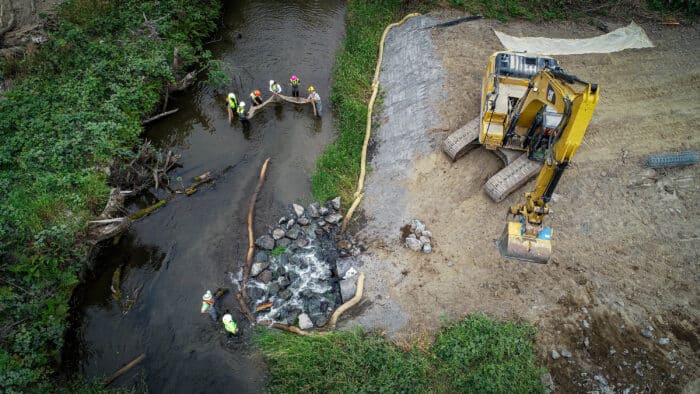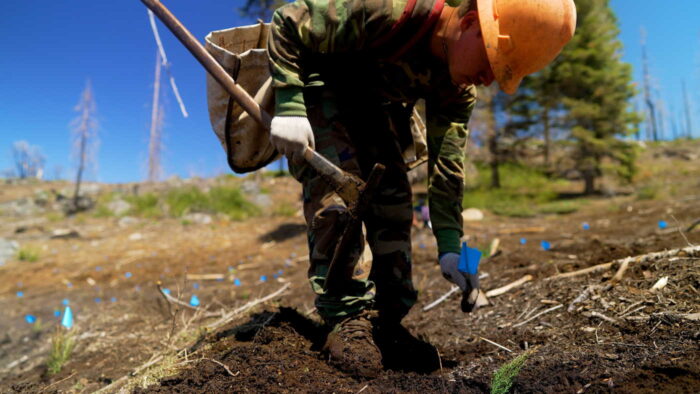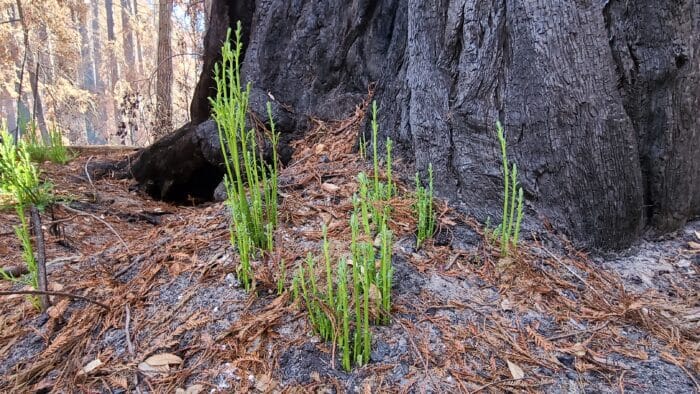Reviving California’s iconic redwood forests
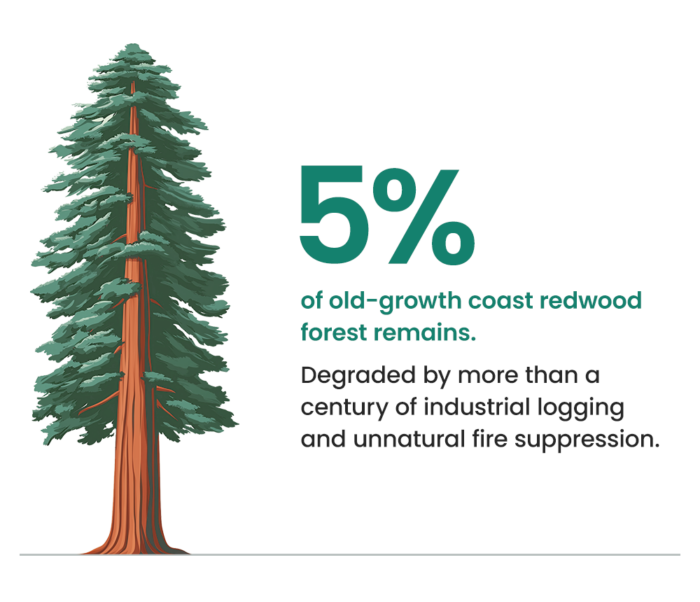
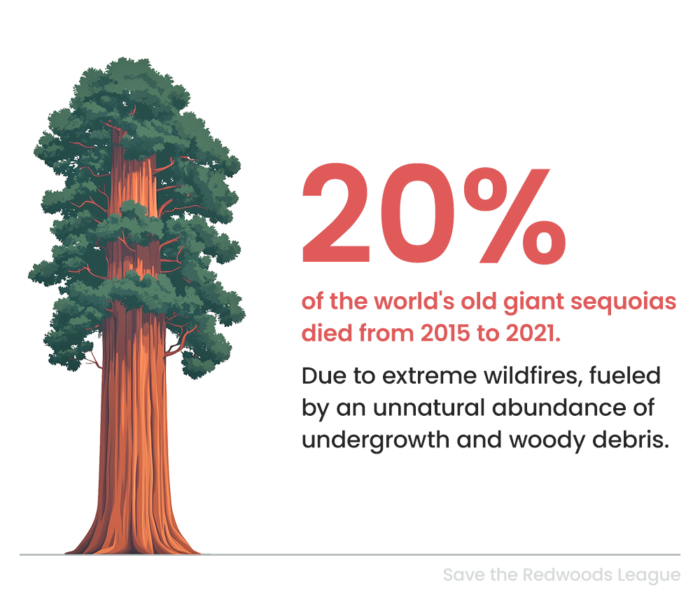
Giant sequoia and coast redwood and forests once covered more than 2.2 million acres (the size of three Rhode Islands) along the North American West Coast—the only place on the planet where these trees naturally occur. Today, only a tiny fraction of the old-growth forests remains.
Giant sequoia in particular are facing an existential threat. Fueled by an unnatural abundance of undergrowth and woody debris, severe wildfires have ravaged this majestic species, killing up to 20% of the remaining mature trees since 2015. This is an unprecedented loss for a fire-tolerant species that can live for thousands of years. Among the coast redwoods, more than a century of aggressive commercial timber harvesting has reduced the old-growth forest to less than 5% of its original population. Much of the young, regrowing forest still bears the scars of past logging, including jam-packed stands, eroding roads, and choked streams.
“What we used to call ‘high-severity’ fire does not compare to the unprecedented scale and severity of the wildfires we’ve experienced in recent years in the Sierra Nevada. … Recent fires have killed thousands of mature trees.” —Nathan Stephenson, Ph.D., scientist emeritus at the U.S. Geological Survey’s Western Ecological Research Center
We are committed to a future with old-growth redwoods. This requires hard, hands-on work. In the coast redwood range, we are helping to heal historically logged forests and return them to their natural state. Among the giant sequoias, we are restoring wildfire resilience and healthy conditions to reduce the risk of further extreme losses. With our help, these forests will survive and grow to become tomorrow’s thriving old-growth havens, home to clear, fish-filled streams and diverse, native plants and animals.
Explore the links below to discover more about our restoration projects, research-backed facts about restoration, and why and how we restore redwood forests. Want to help? Check out all the ways to give.
Land Restoration
Current Restoration Projects
Read about land and waterways we are restoring that also need your help.
Why and How We Restore Forests
The League and its partners are helping to heal logged forests and return them to their natural state. Learn why and how we do it.
Restoration Facts
Gain a deeper understanding of our restoration efforts in coast redwood and giant sequoia ecosystems through this research-backed information.
